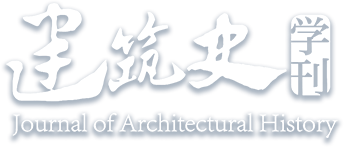Abstract:
Industrialization within the context of globalization represents a central theme in China’s modern history. The advent of industrial civilization has significantly transformed China’s modern culture, leaving an indubitable mark with distinct Chinese characteristics. Modern heritage stands as the most contentious within the broader domain of cultural preservation. During the early years of the People’s Republic of China, revolutionary heritage served as a cornerstone. By the 1990s, the scope of research and conservation expanded. In the 21st century, industrial heritage garnered recognition in academia and conservation endeavors. Therefore, it is essential to reassess the legitimacy of modern heritage protection and to clarify the distinctive characteristics of modern heritage that embody Chinese attributes. This paper underscores several pivotal points. Firstly, modernization and its heritage hold equal importance to ancient heritage within the broader civilization system, forming an integral part of China’s civilization history. Secondly, China’s modern and contemporary heritage is a multifaceted complex, with a current emphasis on revolutionary heritage, civil and public architecture, and industrial heritage reflective of modernization, reflecting the prevailing consensus of modern and contemporary Chinese heritage. Furthermore, the restoration characteristics of modern heritage with Chinese traits focus on revolutionary heritage of commemorative value to evoke collective memories, modern civil and public architecture prioritizing the integration of authenticity with everyday functionality, and industrial heritage restoration underscoring authenticity, including structures, manufacturing lines, and equipment, while fostering creative values through cultural and creative industries. Lastly, the modern and contemporary heritage represents the legacy deeply intertwined with the living collective memory of contemporary society to reinforce Chinese national identity.


 下载:
下载: